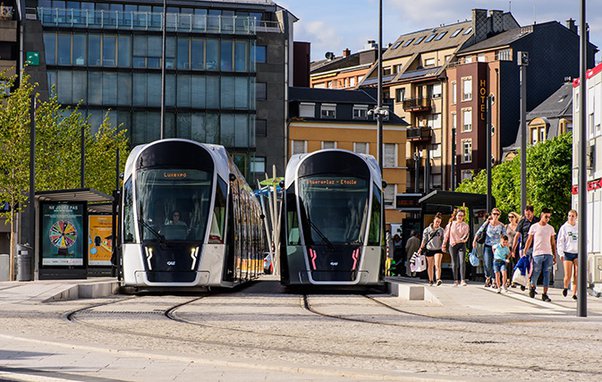Frugal Travel via European Public Transport

Tips for Economical European Transit:
- City Passes: Many cities offer passes for unlimited public transport and discounts on attractions.
- Multi-Day Passes: Opt for these if staying several days; they’re often cheaper than individual tickets.
- Off-Peak Travel: Fares tend to be lower outside busy hours.
- Regional Trains: Cheaper than high-speed options for intercity travel.
- Seek Discounts: Students, seniors, and families may find special rates; carry proper ID.
- Alternate Modes: Walking, cycling, and shared scooters can be cost-effective in smaller areas.
- Plan Ahead: Book tickets early for discounts and avoid peak rates.
Most economical transport options in Europe
The most cost-effective transportation choices in European nations differ based on the city and transport infrastructure. However, some of the most economical options are
- Buses: Typically the most economical travel option in numerous European cities, prices vary from a few euros to several tens, contingent on the distance and bus type.
- Trams: A popular, inexpensive transportation choice in cities like Amsterdam, Berlin, and Vienna.
- Subway/Underground: Often cheaper than trains, available in major cities such as London, Paris, and Moscow.
- Regional trains: Slower yet more affordable than high-speed trains, offering a cost-effective means to travel between cities and regions.
- Walking and cycling: The most economical transport modes, ideal for exploring cities and towns while staying active.
- Shared scooters: Increasingly favored in many European cities, these electric scooters can be cost-effective, but fees may vary; checking rental and usage costs is advisable.
What makes taxis costly in Europe?
There are various reasons why taxis in Europe can be costly:
- Increased demand: Taxis enjoy popularity in numerous European cities, leading to heightened demand and subsequently inflated prices.
- Regulatory constraints: Many European cities impose limits on the number of taxis, restricting supply and fostering higher costs.
- Incurred fees and levies: Taxis bear multiple charges like licensing, insurance, and fuel taxes, all contributing to elevated fares.
- Peak demand periods: During holidays or special events, taxi demand surges, prompting price hikes.
- Enhanced service quality: European taxis are renowned for their advanced features like GPS, leading to elevated costs.
- Tourist-centric locales: Cities like Paris or Rome, bustling with tourists, witness higher taxi prices due to increased demand.
- Distance-based pricing: Taxis in Europe often calculate fares based on travel distance, resulting in higher costs for longer trips.
What factors contribute to expensive taxis in Europe?
In Europe, taxi drivers may sometimes impose extra charges on tourists, assuming they may not be familiar with local currency or due to language barriers, expecting that tourists are willing to pay more. Additionally, popular tourist spots often witness heightened transportation demand, resulting in higher fares. It’s important to note that not all taxi drivers engage in this behavior, and charging extra based on nationality or background is illegal in many places.


